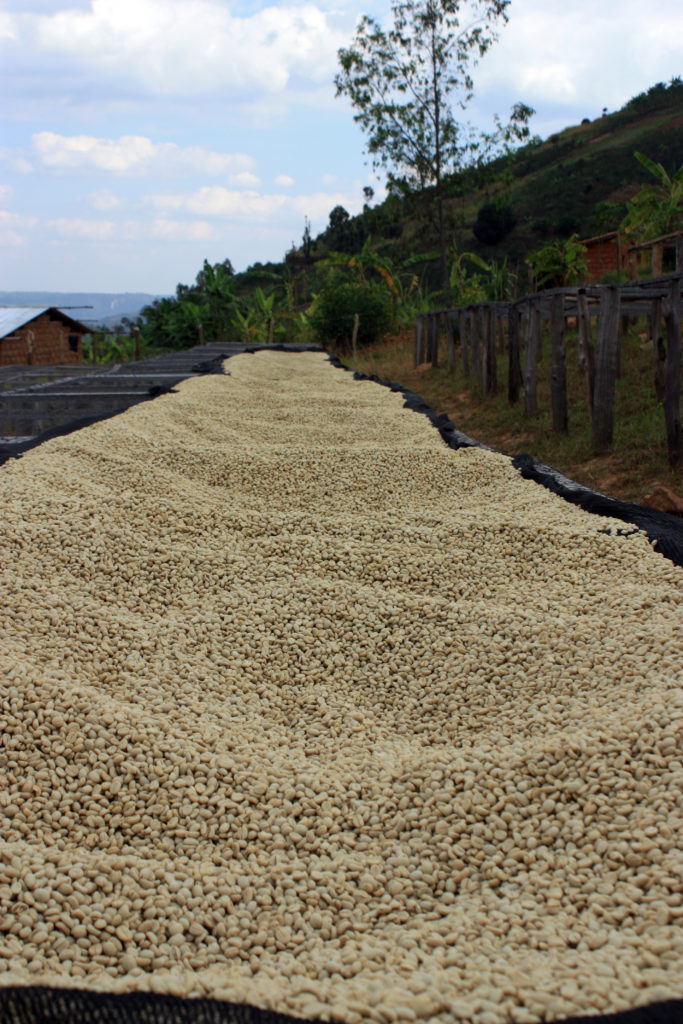New Coffee Release: Rwanda Musasa Nkara

Rwanda Musasa Dukunde Kawa Nkara
Historically this coffee has affectionately been known as Musasa. We’ve been buying from this co-op since the beginning of time (2009 if my memory serves me right). And for a good reason – it’s consistently awesome.
A look at the specs
Washing Station: Nkara
Varietal: 100% Red Bourbon
Processing: Fully washed & sun dried on raised beds( African Beds)
Altitude: Washing Station 1,800 metres above sea level
Farms: 1 800 to 2 000 metres above sea level
Owner: Musasa Dukunde Kawa Cooperative – some 2,100+ smallholder farmers
Region: Ruli Sector, Gakenke District of Northern Province
Prizes (All Washing Stations): 2008; #13 Rwanda COE 2010; # 7 Rwanda COE 2011; #24 & #26 Rwanda COE 2012; #18 & #25 Rwanda COE 2013; # 2 Rwanda COE 2014; #8 Rwanda COE 2015, #21 Rwanda COE

Average Farm Size
Most of the cooperative members own less than a quarter of a hectare of land and cultivate an average of only 250 – 300 coffee trees. Maize and beans are other common crops coffee farmers in Rwanda grow.
Washing stations and differences in cup profile
A washing station is a central point for processing coffee cherries down to the seed encapsulated in parchment. Washing stations are normally equipped with pulpers, fermentation tanks and ample drying area. Processing Musasa Dukunde Kawa owns three washing stations and is known as one of Rwanda’s larger cooperatives, with 2,148 members. The Nkara washing station was established in 2007 and today processes 15-20% of the cooperative’s coffee. We’ve now, over the years, purchased from all three washing stations, and it seems that there is not much difference in cup profile between them. Its so hard to say as all of these delicious coffees are all wet-processed and Red Bourbon. However Nkara does seem a bit more refined than the last two washing stations we’ve purchased from Mbilima and Ruli.

A note on geographical distinction in Rwanda.
Rwanda itself is a very small country and it’s almost impossible to come to any conclusions regarding geographical distinction. Regional differences in cup profile could be there, and if they are, they are likely very slight. I think part of the confusion is that the whole country pretty much grows Red Bourbon as they believe it’s the best varietal suited to Rwanda. And as you have likely gathered by now Red bourbon is known for its excellent balance and sweetness.
Most differences in cup profile with coffee from different regions in Rwanda will likely be perceived due to cultivation and processing practices.
Conclusion
In the cup, expect Honeycomb, red cherry and gooseberry with an elegant citrus acidity and velvety mouthfeel. A good purchase when looking at pleasing a varied crowd.